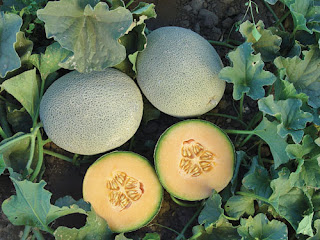Living sustainably is about living consciously, making decisions about each product I buy, or don’t buy.
I am a reader, which means that I have to decide where my reading material will come from: new or used books from our local book store, The Book Cove; used books from Amazon; borrowed books from the library; or books downloaded onto an e-reader. Which option is the most sustainable?

Buying a new or used book from The Book Cove makes sense to me when I plan to refer to it often: my gardening, cooking, landscaping, poetry, nature reference books are all books I will return to again and again. Used copies from Amazon.com are also in the same category; I will re-use them over and over, yet these will have to be packaged and shipped, rather than picked up while I’m
in town.

I generally request most fiction and non-fiction “one time reads” from the Mid-Hudson Library system. These books are delivered to the library from towns far and wide; I read them; and then they are returned. The miles they travel to arrive at my library can be significant, yet because I am reading a book that will likely be reread many times, there is less environmental impact due to production.

The e-reader is something I have not yet tried, however, I can see there are environmental benefits—similar to the move from CD’s to MP3 players a few years ago. Cleantech Group LLC (
www.cleantech.com) predicted, in 2009, that, “On average, the carbon emitted in the lifecycle of a Kindle is fully offset after the first year of use. Any additional years of use result in net carbon savings, equivalent to an average of 168 kg ofCO2 per year (the emissions produced in the manufacture and distribution of 22.5 books).” Although this information is somewhat helpful for those who primarily purchase their books, it does not directly relate to my style of book buying / reading. So I continue to wonder which these methods of acquiring books truly has the least environmental impact.
Maybe there’s a good book out there to help me decide.
















